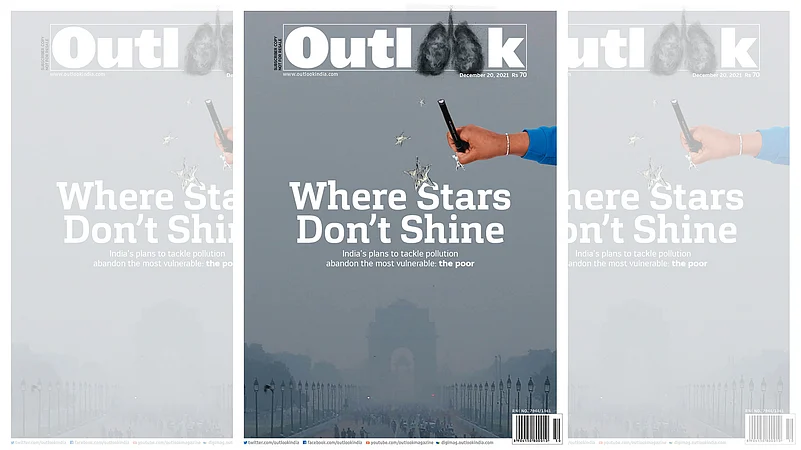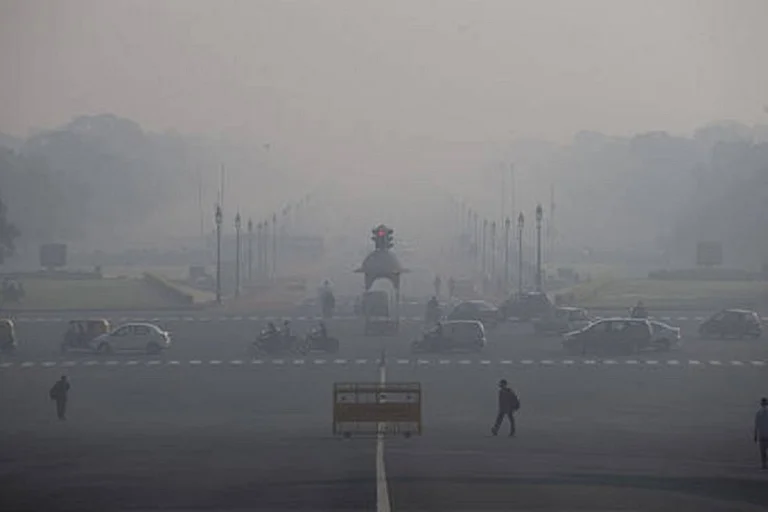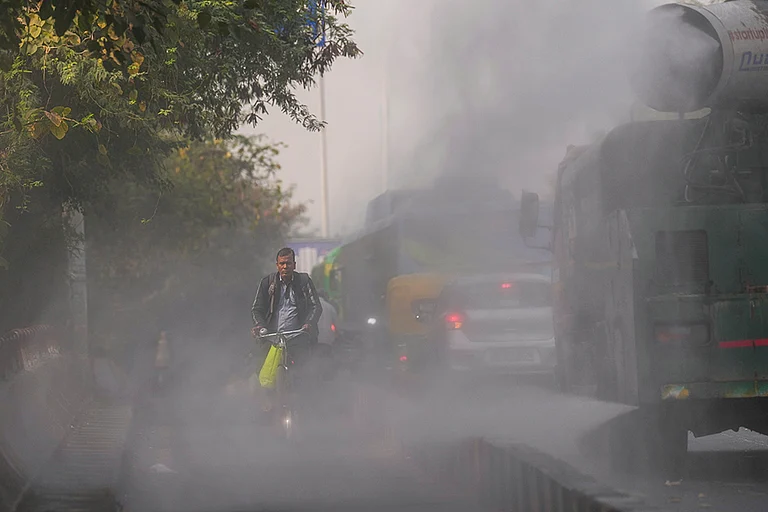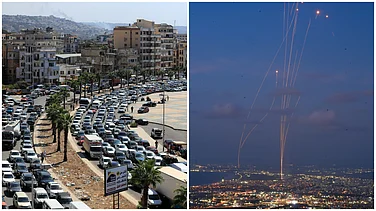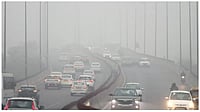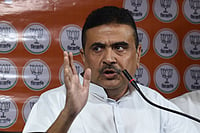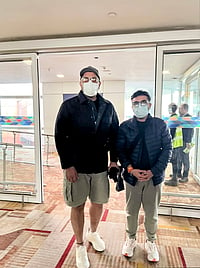
On October 21, the day after Diwali, Delhi’s average AQI hit 346, classified as “very poor.”
Of the city’s 38 monitoring stations, 36 registered “red” levels, with several exceeding 400.
The city’s widespread use of “green” crackers, allowed in a limited way by the Supreme Court, has heightened air quality and health concerns, raising questions about the effectiveness of these measures to curb pollution.
Delhi awoke to heavy, chemical-laden air the morning after Diwali, with a 5.30am average AQI of 346, firmly in the “very poor” range. Thirty-six of 38 monitoring stations were in the red, several exceeding 400. This immediate deterioration, triggered by a burst of “green” crackers after the Supreme Court's limited allowance, shows that even regulated firework use can generate a citywide health crisis.
Meteorology worsened the episode. Low wind speeds and a collapsing boundary layer trapped smoke and emissions at ground level, turning a temporary spike into a multi-day hazard. Industrial areas and major corridors were hit hardest: Bawana (418), Wazirpur (408), Jahangirpuri (404).
The Early Warning System flagged several hotspots above 400. Authorities responded with GRAP-2 curbs, but experts note that such reactive measures cannot replace the systemic changes needed to address Delhi’s recurring air pollution problem. The post-Diwali surge follows a familiar pattern, where fireworks, though short-lived, add to ongoing winter pollution and crop burning, highlighting the limits of current regulatory actions.
Delhi’s Smog Season Begins Again
Delhi’s smog season is driven by persistent sources, festival fireworks, and unfavourable meteorology. Regular contributors like vehicles, diesel generators, industry, and burning elevate pollution levels. Crop-residue burning further worsens air quality. Fireworks trigger acute spikes. Weather conditions from October to February make these factors worse, trapping pollutants and prolonging hazardous exposure. Health impacts are immediate, and systemic change through coordinated efforts, stronger enforcement, and behavioural shifts remains essential, not just temporary restrictions.
Outlook’s December 21, 2021, issue, Where The Stars Don’t Shine, explored how India’s plans to tackle pollution often leave out the most vulnerable.
There is no sight of the Swachh Bharat Mission, and children of Jahangirpuri are being denied fresh air to breathe, wrote Mehjabi Khatoon in Delhi's Black Everest And Why It Is A Mighty Curse To Children.
Ananda Banerjee opined that India’s journey towards a clean environment will be long and winding, with no destination in sight yet, in Menace Of Pollution: Like Cities, Rural India Is Equally Gasping For Clean Air.
Bhavreen Kandhari chronicled how the capital’s citizens had started to stand up for their right to a pollution-free environment in Air Pollution In Delhi: It’s Time To Wake Up, Stand Up...
While Bharati Chaturvedi investigated how the city’s underprivileged children were the worst affected by pollution.
Tying it all was Outlook’s editor Chinki Sinha’s intro, which emphasised the cost of pollution— not just in our health but also to our imaginations and identities.
“In the strange bubble of this smog smothering us, I remember when I first learned this poem. Like the child who wonders about stars and says he does not know what stars are. But he knows they twinkle. Now, when I open the window, I gaze at a deprived sky. I remember the stories about stars,” she wrote.






